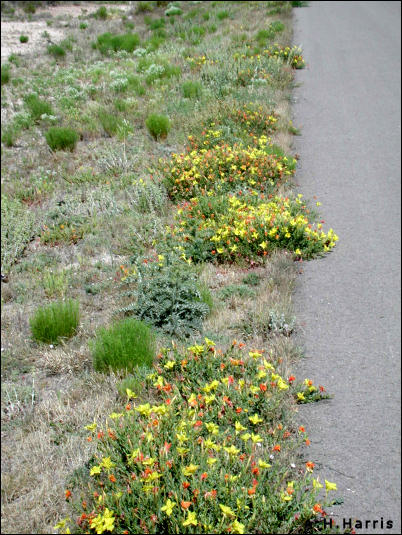

Knowing the distribution of organisms in space and time is critical for ecologic and biogeographic understanding. As a result, much of the effort of field biologists is directed toward collecting. Now, collecting isn't all that easy, with inclement weather, roadless areas, and the great distances often involved in the Southwest and Mexico. Because of this, the greater number of collected specimens tend to come from near highways. in fact, if you look at distribution maps of specimens of widespread species of plants, you can pretty much see the major roads by the linear distribution of specimens.
In the friendly sniping that goes on between the various disciplines of field biologists, non-botanists tend to poke gentle fun at their plant-gathering colleagues. Never mind that many of the collections were made casually while enroute to specific projects—the opportunity for mischief is there. Thus, if traveling along a road in a mixed group, zoologists in the party tend to point out, with glee, the botanical wonders along the edges of the road: purple roadsidem, yellow roadsidem, and the favorite, red roadsidem.

Listen to the Audio (mp3 format) as recorded by KTEP, Public Radio for the Southwest.
Contributor: Arthur H. Harris, Laboratory for Environmental Biology, Centennial Museum, University of Texas at El Paso.
Desert Diary is a joint production of the Centennial Museum and KTEP National Public Radio at the University of Texas at El Paso.

Yellow roadsidem (aka, Calylophus). Some white roadsidem can also be seen in the upper part of the image. Photograph by A.H. Harris.